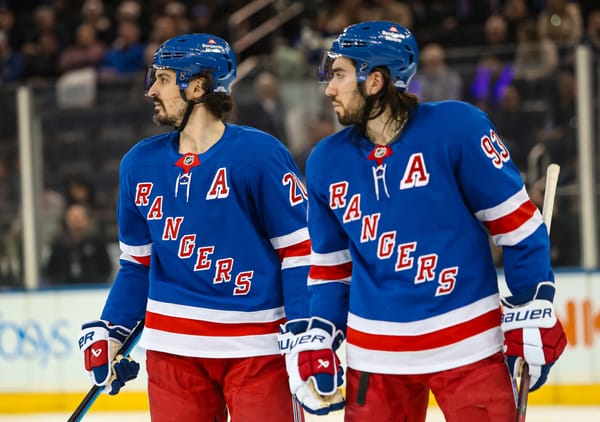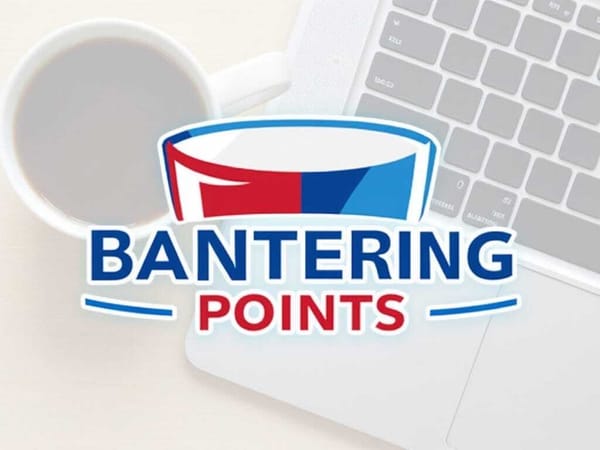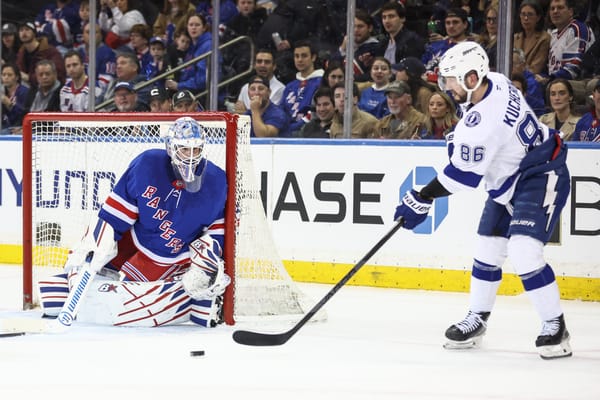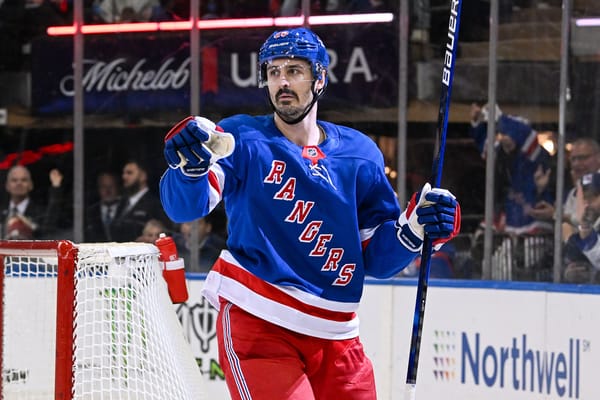An Updated Look at the Rangers and Seattle Expansion
A lot will change before the Rangers have to submit a protection list for the Seattle Expansion Draft in June 2021, but there’s no harm in planning ahead.
The Seattle Expansion Draft is not exactly at the forefront of anyone’s minds, nor should it be. In terms of quantitative time, the draft is roughly 16 months away. In terms of hockey, the Rangers still have the current season, a major offseason, and the entire 2020-2021 season to endure.
There are many lessons to be learned from the 2017 Vegas Expansion Draft, and one is that it doesn’t hurt to plan ahead. Anaheim didn’t and lost Shea Theodore. Minnesota didn’t and lost Alex Tuch and Erik Haula. It would be a nightmare scenario for the Rangers if three years of rebuilding were sabotaged with a similar sacrifice of an important young player.
The Rangers made two trades prior to the 2020 trading deadline and both changed the outlook for Seattle expansion. Further changes are of course coming one way or another over the next 12 months, but this is the first real chance to look at how the Rangers stack up and what they need to consider when Seattle comes to pry someone away.
For purposes of this investigation, we’re going to stick with the traditional model which allows teams to protect seven forwards, three defensemen, and one goaltender.
Artemi Panarin, Mika Zibanejad, and Chris Kreider are all required to be protected because they have no-movement clauses for the 2021-2022 season. Not that the Rangers will complain. Barring something unexpected, Filip Chytil is a virtual lock to be protected.
There are no guarantees that Pavel Buchnevich and Ryan Strome will be Rangers in June of 2021, but as the roster is currently constructed they are obvious players to protect.
That leaves one spot to protect a player which, as of today, seems up in the air. One of the many things the Rangers will have to consider when either re-signing or parting ways with Jesper Fast is the expansion implications. He’ll either need to fill that (potentially) last forward spot, or they’ll have to risk exposing him. A no-trade clause of any type would require his protection.
If he does not occupy the spot, then it’s likely a three-way battle between Brett Howden, Brendan Lemieux, and Julien Gauthier. It looks like, at best, the Rangers will only be able to protect one of those players. If Gauthier lives up to his potential then it would be tough to expose him. Howden theoretically has the ability to be a player the Rangers don’t want to lose, but he hasn’t actually played well in the NHL to this point. Brendan Lemieux is a capable fourth liner. Losing a 25-year-old depth winger under team control is not exactly the best result, but there will be better players lost in the expansion draft surely.
Lias Andersson is likely to be dealt, but if he and the Rangers can reconcile then his presence would add another twist.
There’s a full season ahead which will tell us more about Howden and Gauthier. How they do or don’t progress could change the implications of possibly exposing them.
The Rangers need to beef up their bottom-six for next season, but any addition they make this summer could either be lost to Seattle or could force someone else out the door. Just one of many considerations.
As the defense is constructed, this one is fairly straightforward. Jacob Trouba must be protected because of his no-movement clause. Tony DeAngelo and Ryan Lindgren are no-brainers to protect. This would have been a more interesting discussion with Brady Skjei still on the roster, but his departure makes this a formality.
A formality for now, at least. The biggest reason the Rangers are on the outside looking in for a playoff spot is that much of the defense corps has bled scoring chances against all season long. And while Skjei gave mixed results at best, there’s no denying that the defense is worse without him. It would be a safe guess that General Manager Jeff Gorton will be looking to make an upgrade this upcoming summer, and maybe multiple.
Tony DeAngelo may be traded, but if he isn’t and they do make additions, then that could force Ryan Lindgren to the exposure list. That’s a tough one to reach a verdict on. Lindgren isn’t exactly a Renaissance Man on the ice. He’s extremely limited in certain aspects. But the things he does do well on the ice make him an excellent partner for Adam Fox.
This is a team that has long term ambitions, a fragile salary cap situation, and few reliable shutdown defenders in the organization. Losing a 23-year-old Ryan Lindgren isn’t ideal, but entering the 2020-2021 season without improving the defense corps would be even worse.
Ultimately, losing Lindgren may be a necessary evil for the sake of putting out a competitive defense next season. But there’s still a lot that can happen between now and the expansion draft. Depending on how next season plays out and Lindgren progresses, the ideal answer may be figuring out a trade where Seattle stays away from him.
But if the expansion draft happened today, Lindgren would be safe and Libor Hajek would be the notable defenseman left exposed. However highly the Rangers felt about Hajek when they traded for him, his stock has clearly taken a hit in their eyes as he’s been demoted to the AHL, where he hasn’t played particularly well. At this point, not only would and should the Rangers expose him without hesitation, but it’s difficult to imagine why Seattle would have any interest. Maybe that changes if Hajek has a big 2020-2021 season, but right now he’s an afterthought.
The Rangers do not have to worry about losing any of their young goaltenders. Igor Shesterkin and Adam Huska are automatically protected because they will have only completed two pro seasons. Alexandar Georgiev, if he’s still a Ranger by then, would be the one goaltender they’d protect.
In fact, the Rangers have a weird problem for Seattle expansion when it comes to goaltending. They’re required to expose at least one goaltender who is under contract for the 2021-2022 season.
Further complicating things is that 2016 sixth-round pick Tyler Wall is a college senior and the Rangers must sign him this summer or lose his rights. One would bet that the Rangers intend on Huska and Wall sharing the net in Hartford next season. So while they could solve this issue by signing another goaltender to a two-year deal, they’d have to find one who is content to possibly spend the season, and maybe two, in the ECHL.
There are many ways to solve this problem and it’s not that big of a deal. They could find a goaltender who fits that previously mentioned criteria and sign him to a two-year deal, exposing him to Seattle. They could also make a trade prior to the expansion draft to acquire a goaltender who is signed for the 2021-2022 season.
Or, maybe Alexandar Georgiev is moved this upcoming summer and Henrik Lundqvist signs a one-year deal for 201-2022 with an understanding that the Rangers will work it out with Seattle one way or another so Lundqvist is not their selection if he doesn’t want to go there.
It’s an annoying issue that Gorton is going to sort out as a formality, but in the grand scheme the Rangers will be absolutely thrilled that Shesterkin and Georgiev are safe.
All things considered, the Rangers are in a good place entering this summer with a year until the Seattle Expansion Draft. As things stand, the Rangers appear likely to lose one of Howden, Lemieux, Gauthier, and maybe Lindgren. The stock of each will change following a full 82-game slate next season, but in current conditions they’re not poised to lose anyone of significant importance.
Building a roster is a tricky balance with that in mind. You don’t want to lose a particularly valuable player for nothing, but having someone Seattle will want to grab is an unavoidable consequence of building a roster with good players. That fallout will be one of many considerations that Gorton will have on his mind as he makes adjustments to the roster in the offseason.




